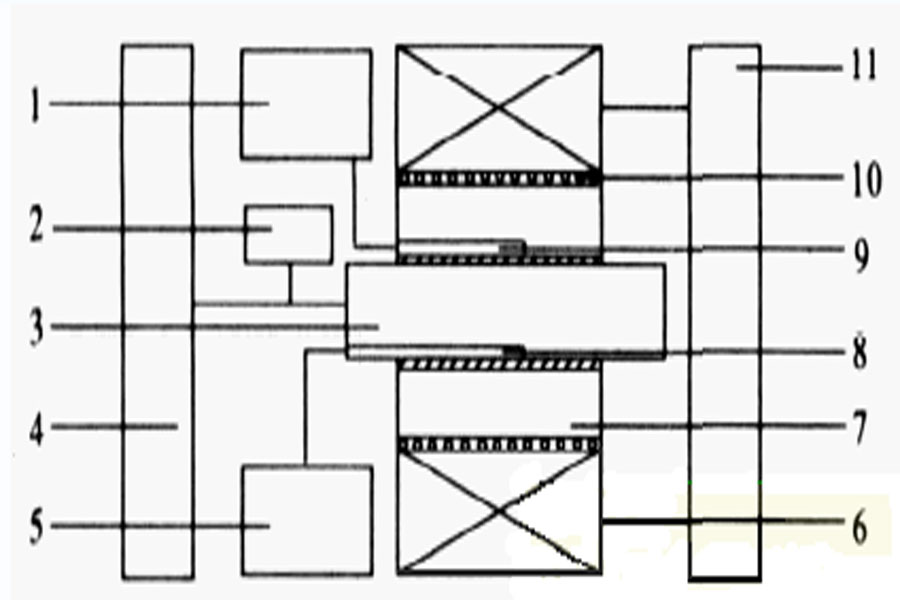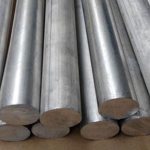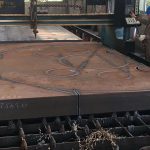
Injection molds generally need to work in a high temperature environment of XNUMX degrees Celsius to XNUMX degrees Celsius when manufacturing plastic products in an injection molding machine. Therefore, the selection of raw materials in the process of manufacturing injection molds requires great attention. This will It plays a crucial role in determining the overall service life of the injection mold and the quality of the plastic products produced in the later period. So what performance requirements need to be met when selecting injection mold steel materials?
XNUMX. Sufficient surface hardness and wear resistance
The hardness of the injection mold is usually below 50-60HRC, and the heat-treated mold should have sufficient surface hardness to ensure that the mold has sufficient rigidity.The mold has to withstand greater compression stress and friction due to the filling and flow of injection molding during work, and the mold is required to maintain the accuracy of the shape and the stability of the dimensional accuracy to ensure that the mold has a sufficient service life.The wear resistance of the mold depends on the chemical composition and heat treatment hardness of the steel, so increasing the hardness of the mold is beneficial to enhance its wear resistance.
XNUMX. Excellent machinability
In addition to EMD processing, most injection molding molds require certain cutting processing and fitter repairs.In order to extend the service life of cutting tools, enhance cutting performance, and reduce surface roughness, the hardness of the steel used for injection molds must be appropriate .
50. Carbon steel of grade XNUMX has certain strength and wear resistance, and it is mostly used as a mold base material after quenching and tempering.High-carbon tool steel and low-alloy tool steel have higher strength and wear resistance after heat treatment, and are mostly used for forming parts. However, high-carbon tool steel is only suitable for manufacturing small-sized and simple shaped parts due to its large heat treatment deformation.
Fourth, good thermal stability
The shape of the parts of the injection mold is often complicated and difficult to process after quenching. Therefore, it is necessary to choose the one with good thermal stability as much as possible. When the two-color mold is formed by heat treatment, the linear expansion coefficient is small, the heat treatment deformation is small, and the size caused by the temperature difference The rate of change is small, the metallographic structure and the mold size are stable, and the processing can be reduced or no longer needed to ensure the mold size accuracy and surface roughness requirements.
Five, good polishing performance
High-quality two-color injection molding products require small roughness on the surface of the cavity.For example, the surface roughness value of the injection mold cavity is required to be less than Ra0.1~0.25, and the optical surface requires Ra< 0.01nm, and the cavity must be polished to reduce the surface roughness value.For this reason, the selected steel requires less material impurities, fine and uniform structure, no fiber directionality, and no pitting or orange peel defects during polishing.
Commonly used mold materials:
In the Pearl River Delta region of Guangdong, such as Shenzhen and Dongguan Plastic mold factory, the commonly used imported injection mold materials are usually: 1) Sweden’s 8407; 2) S136, the United States 420&H13; 3) Europe’s 2316&2344,083; 4) Japan’s SKD61&DC53 (formerly a metal mold material, used in special circumstances) and other steel materials. These materials have good cutting processing, heat treatment and polishing performance and high strength.








